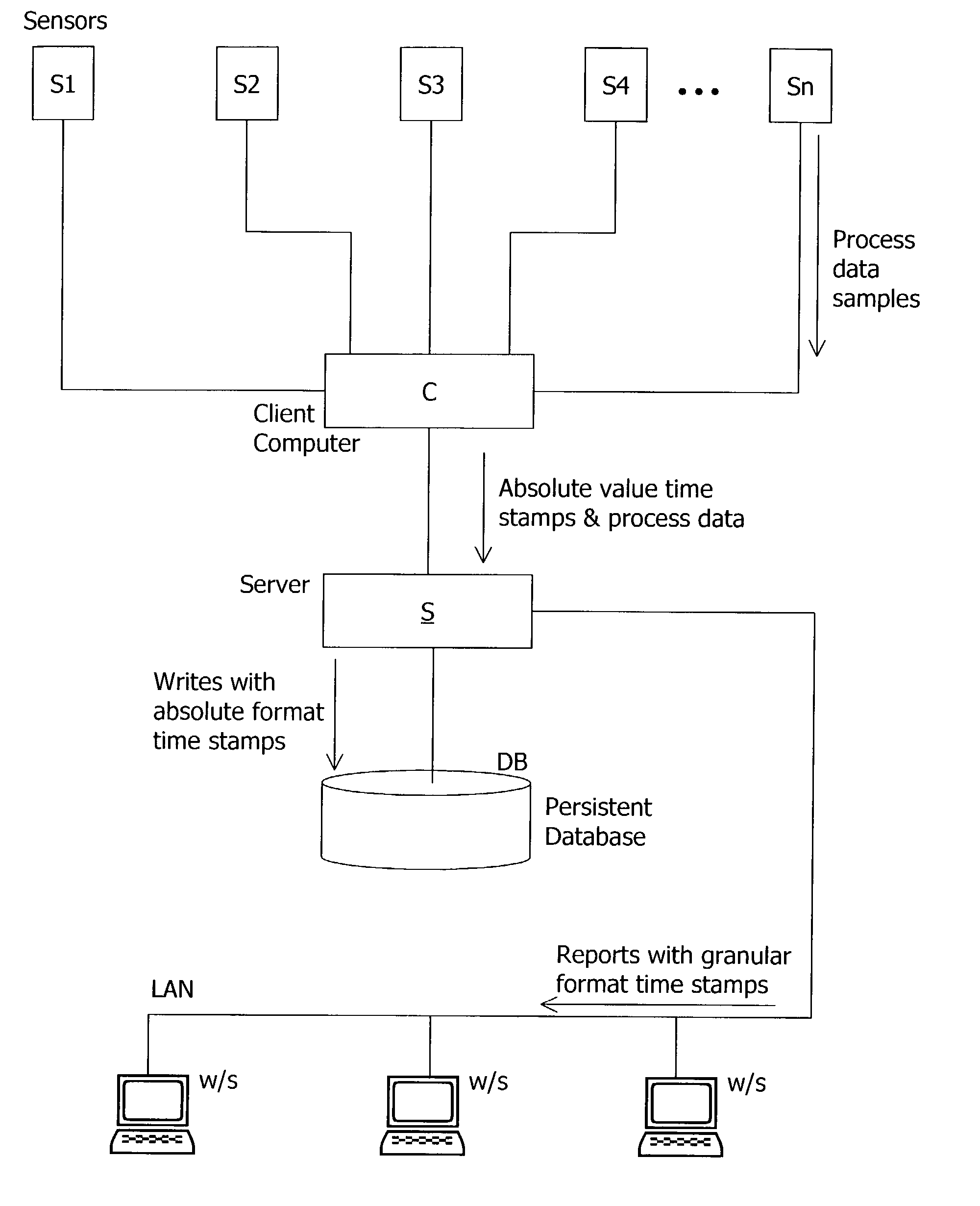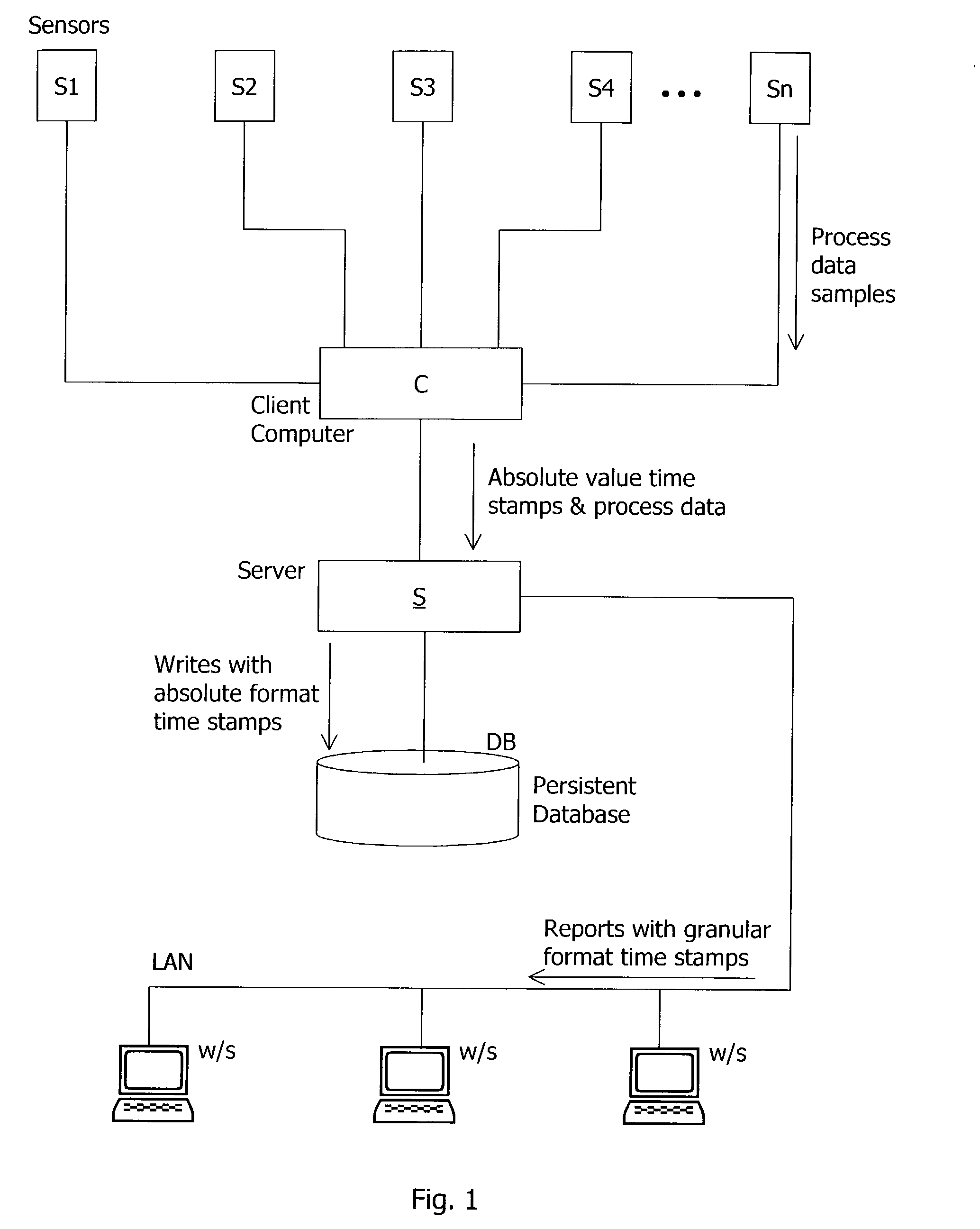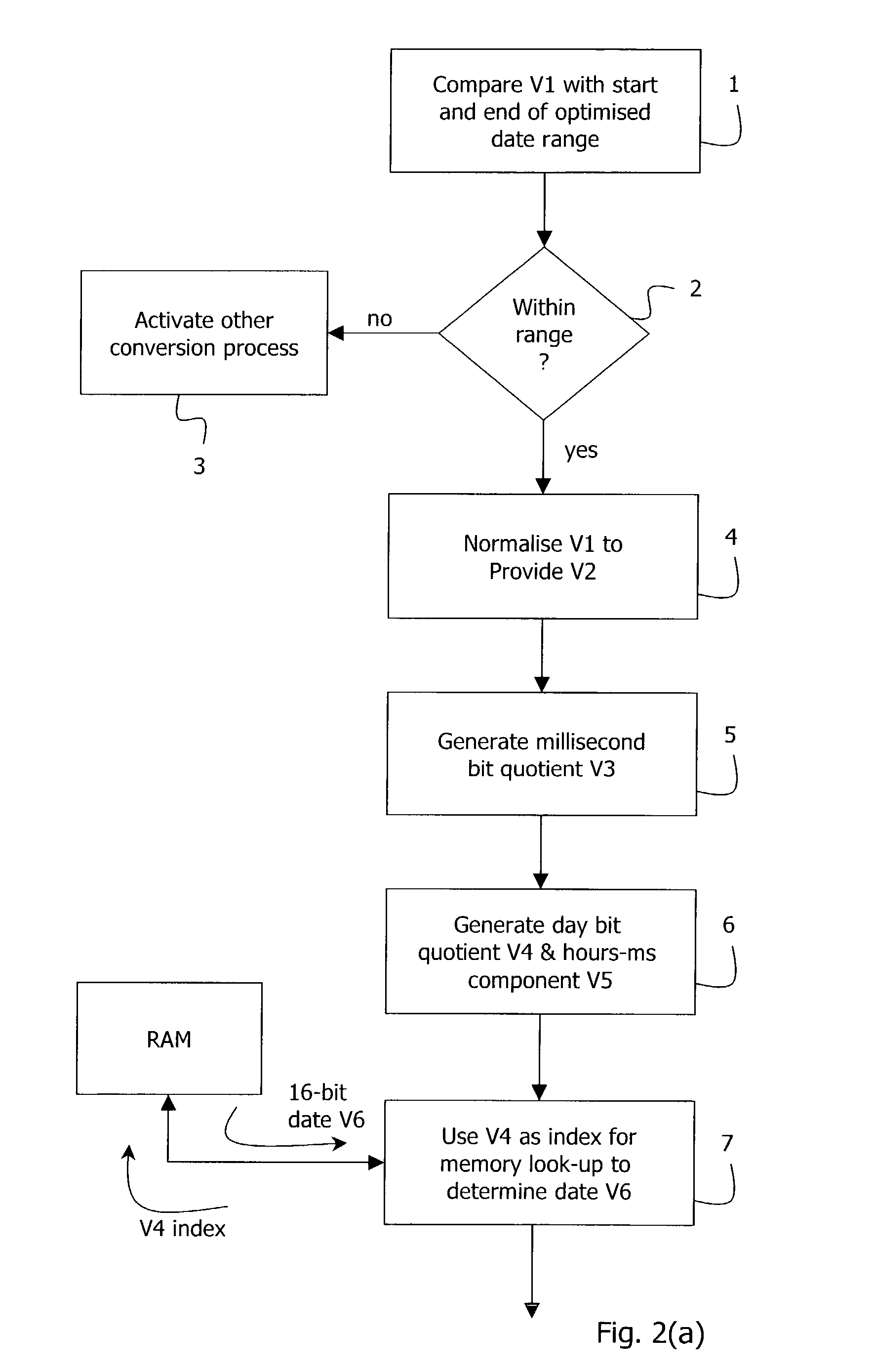Date and time processing in computers
a date and time processing and computer technology, applied in the field of date and time processing in computers, can solve problems such as the problem of being processor-intensive, particularly problematic for data capture systems, and achieve the effect of improving the accuracy of data captur
Inactive Publication Date: 2003-05-22
AUTOMSOFT R & D
View PDF2 Cites 3 Cited by
- Summary
- Abstract
- Description
- Claims
- Application Information
AI Technical Summary
Problems solved by technology
While this mechanism is effective, it suffers from the problem of being processor-intensive.
This can be particularly problemat
Method used
the structure of the environmentally friendly knitted fabric provided by the present invention; figure 2 Flow chart of the yarn wrapping machine for environmentally friendly knitted fabrics and storage devices; image 3 Is the parameter map of the yarn covering machine
View moreImage
Smart Image Click on the blue labels to locate them in the text.
Smart ImageViewing Examples
Examples
Experimental program
Comparison scheme
Effect test
 Login to View More
Login to View More PUM
 Login to View More
Login to View More Abstract
A process data capture and reporting system captures process data values at sensors (S1 . . . Sn). A client computer (C) appends absolute-value time stamps to the values to complete records, which are uploaded to a server (S). The server (S) writes the records to a persistent database (DB). At a later stage, the server (S) retrieves selected records, and performs a very fast conversion of the time stamps to a calendar format with "granular" values for units such as day, month, or minute. The conversion is performed in an optimised manner with use of look-up tables in memory. This minimises processor overhead, and is thus very advantageous where data volumes are high and/or near real time reporting is required.
Description
[0001] The invention relates to processing of time and date data in data processing equipment.PRIOR ART DISCUSSION[0002] At present there are two time / date (henceforth "time") representation approaches in common use. One approach involves generating a data word representing time as an "absolute" value which is a count of intervals since a point in time. In a second, "granular", approach time is represented as a data word for each field for progressively smaller granularity: year, month, . . . milliseconds.[0003] Examples of these two approaches are to be found in Windows.TM. operating systems, in which "FILETIME" uses the first approach and "SYSTEMTIME" uses the second approach.[0004] The FILETIME representation of time is a signed 64-bit counter of 100 nanosecond intervals, using January 1 1601CE as the epoch. The FILETIME permits a very wide range of dates, 30000 years before and after the epoch, accurate to within + / - 0.00000005 seconds. The FILTIME structure is represented (in t...
Claims
the structure of the environmentally friendly knitted fabric provided by the present invention; figure 2 Flow chart of the yarn wrapping machine for environmentally friendly knitted fabrics and storage devices; image 3 Is the parameter map of the yarn covering machine
Login to View More Application Information
Patent Timeline
 Login to View More
Login to View More IPC IPC(8): G06F1/14G06F15/00G06F15/177
CPCG06F17/30569G06F1/14G06F16/258
Inventor CAGNEY, AUSTINMCCORMACK, DAVIDPEPPER, IAN
Owner AUTOMSOFT R & D
Features
- R&D
- Intellectual Property
- Life Sciences
- Materials
- Tech Scout
Why Patsnap Eureka
- Unparalleled Data Quality
- Higher Quality Content
- 60% Fewer Hallucinations
Social media
Patsnap Eureka Blog
Learn More Browse by: Latest US Patents, China's latest patents, Technical Efficacy Thesaurus, Application Domain, Technology Topic, Popular Technical Reports.
© 2025 PatSnap. All rights reserved.Legal|Privacy policy|Modern Slavery Act Transparency Statement|Sitemap|About US| Contact US: help@patsnap.com



